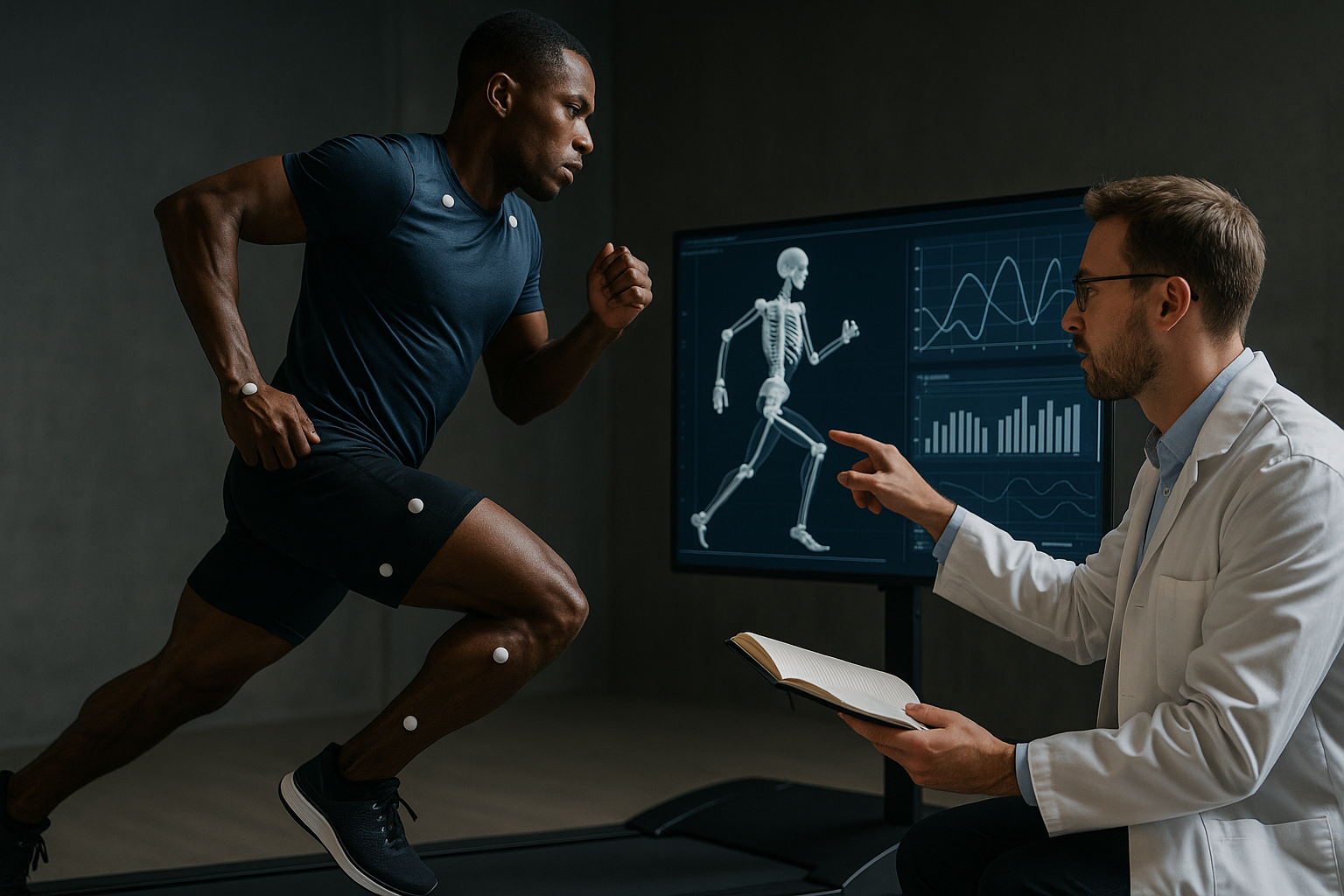Tackling the Intricacies of Kinesiology: A Deep Dive into the Science of Athletic Movement
The world of sports is a complex and fascinating arena. At its core, it's about physical prowess, mental strength, and the relentless pursuit of excellence. However, beneath this surface, there's a hidden world at play, a world ruled by the laws of physics and biology. This world is kinesiology, the scientific study of human movement, and it's a field that's reshaping our understanding of athletic performance.

A Brush with the Past: Tracing the Origins of Kinesiology
Kinesiology, in its most basic form, is an age-old concept. Humans have always been fascinated by the body’s ability to move, from the earliest cave paintings depicting hunters in full sprint to the ancient Greeks’ obsession with the human body’s form and function. The term ‘kinesiology’ itself is derived from the Greek words ‘kinesis’ (movement) and ‘logos’ (study).
The modern concept of kinesiology, however, didn’t take shape until the 19th century, with the advent of scientific and medical advancements. The study of human movement evolved into a multidisciplinary field, encompassing aspects of anatomy, physiology, biomechanics, and psychology.
Decoding the Mechanics: The Role of Biomechanics in Kinesiology
Biomechanics, a critical component of kinesiology, involves the study of the human body’s mechanical principles. It examines how muscles, bones, tendons, and ligaments work together to produce movement. It’s like the physics of the human body, exploring how forces like gravity and friction affect movement.
Understanding biomechanics can significantly enhance an athlete’s performance. By analyzing the biomechanics of a golf swing, for instance, coaches can pinpoint inefficiencies and suggest adjustments to improve power and accuracy.
Mind Over Matter: The Psychological Dimension of Kinesiology
Kinesiology isn’t just about physical movement—it also encompasses the mental aspects of sports. Sports psychology, a branch of kinesiology, delves into the mental factors influencing performance, such as motivation, stress, and focus.
For example, research in sports psychology has proven the efficacy of visualization techniques, where athletes mentally rehearse their performance. This mental preparation has been shown to improve actual performance, illustrating the mind-body connection in sports.
Advancements in Kinesiology: The Latest Trends
One of the most fascinating trends in kinesiology is the use of technology for movement analysis. Advanced motion capture systems can record an athlete’s movement in minute detail, providing invaluable data for performance improvement.
Another trend is the focus on injury prevention. By understanding the mechanics of movement, kinesiologists can identify risky movement patterns and suggest corrective exercises, reducing the risk of injuries.
Kinesiology in Action: Real-World Applications
The principles of kinesiology are applicable across various sports. In soccer, for instance, biomechanical analysis can optimize kicking techniques, while psychological strategies can help players cope with the pressure of penalty shootouts. In swimming, understanding the body’s hydrodynamics can improve stroke efficiency.
In conclusion, kinesiology is an exciting field that’s revolutionizing the way we approach sports performance. It’s a testament to the intricate science behind every leap, sprint, and swing. As we continue to explore this fascinating field, we can expect to uncover even more ways to enhance athletic performance, prevent injuries, and promote overall physical health.




